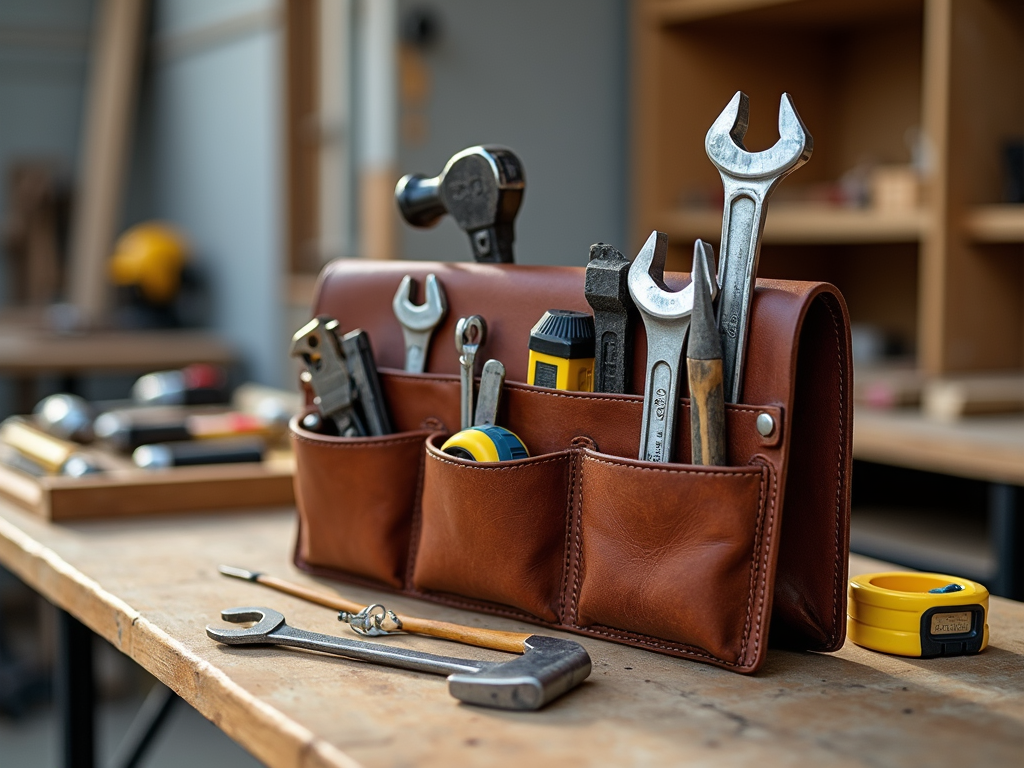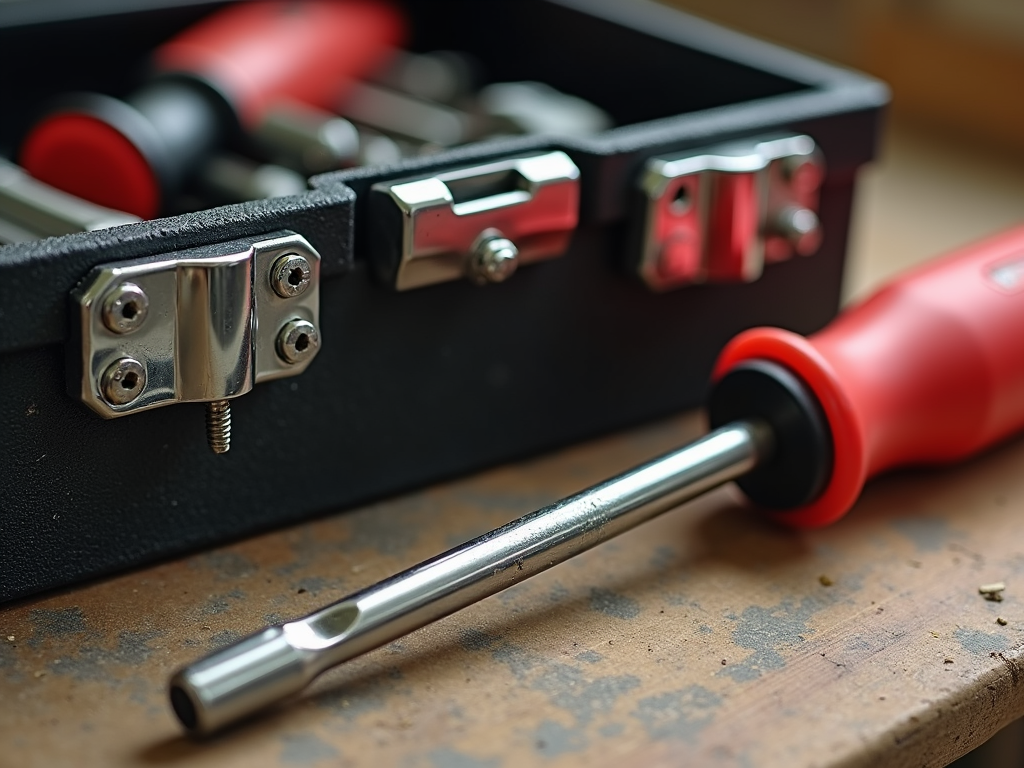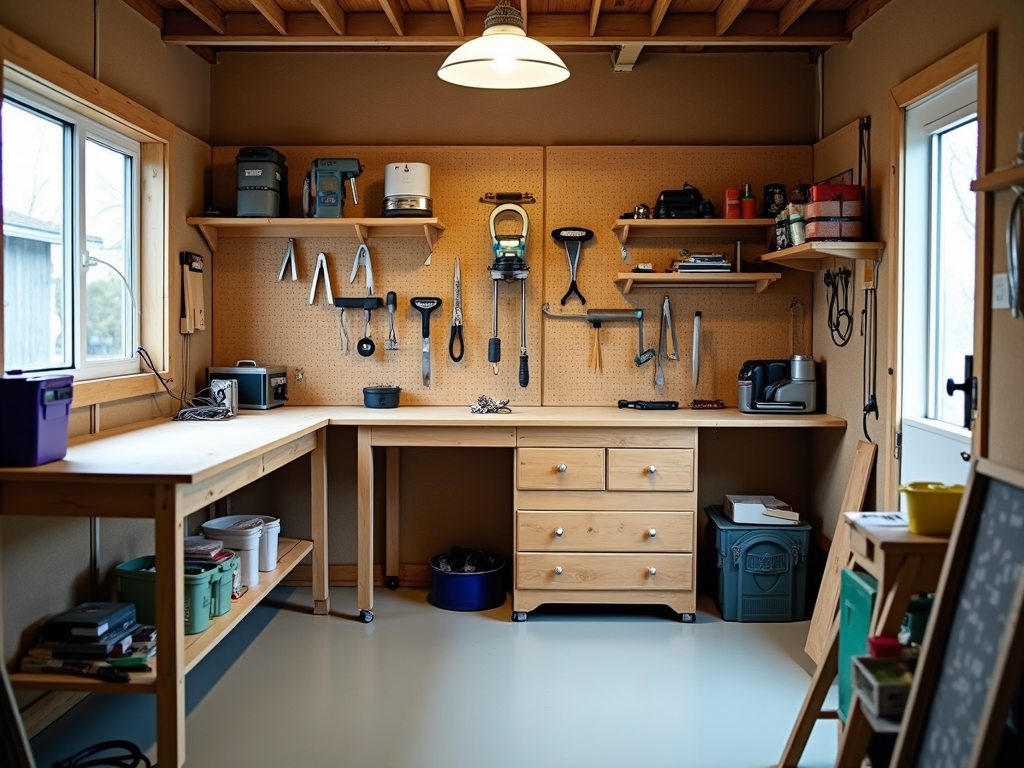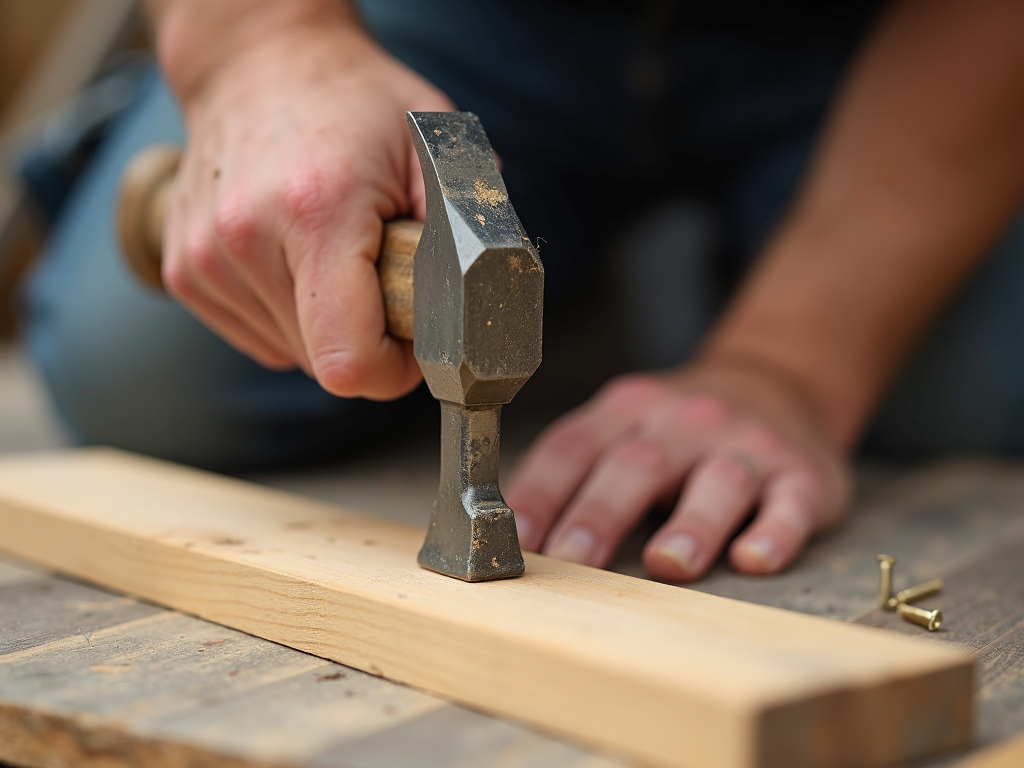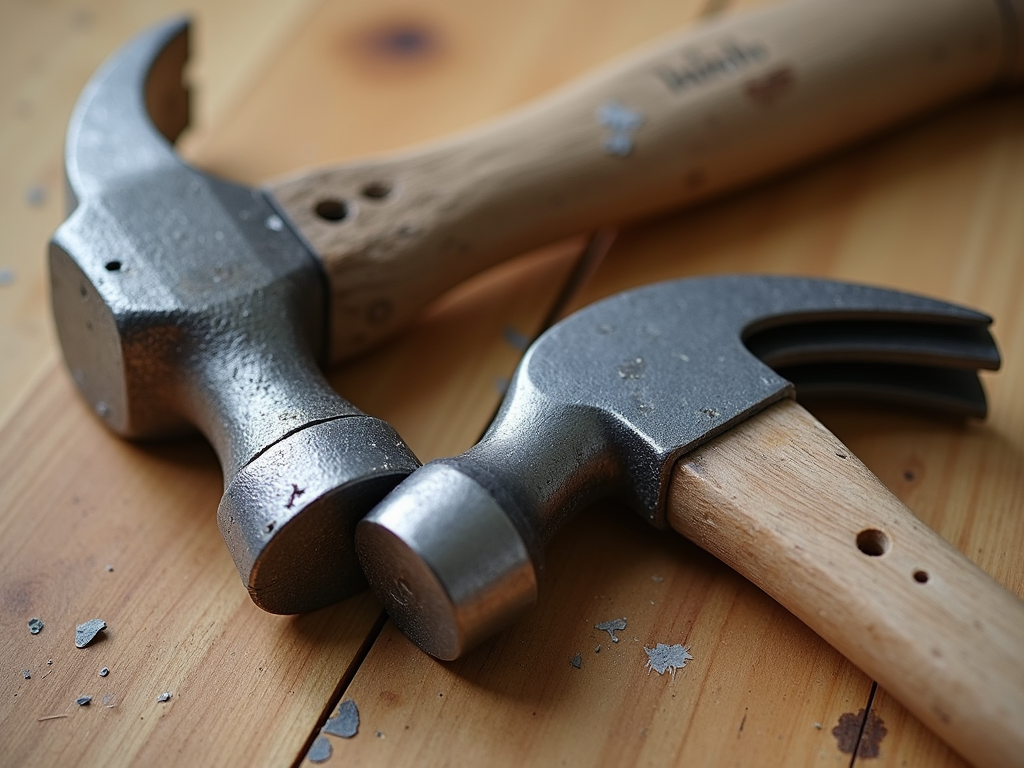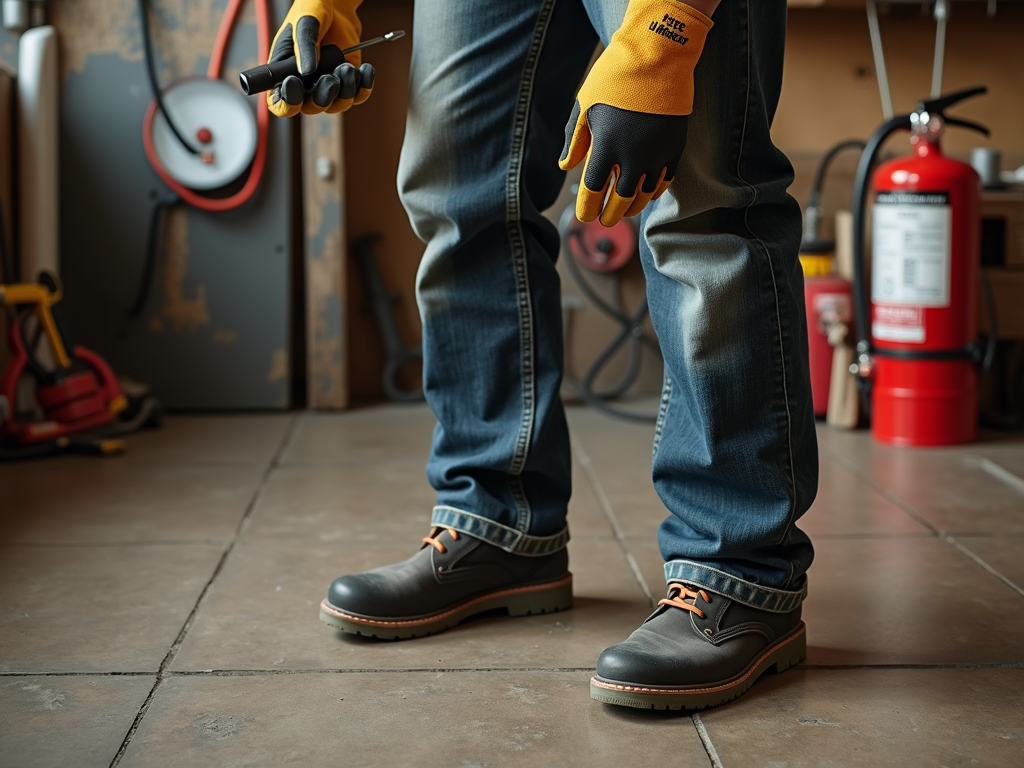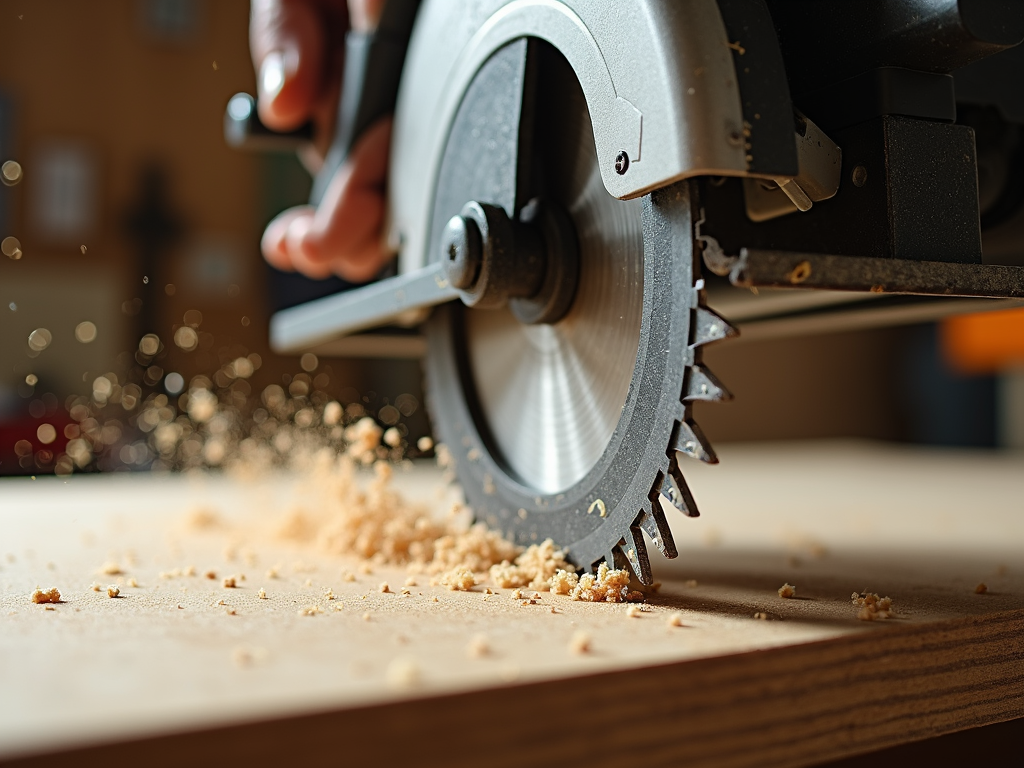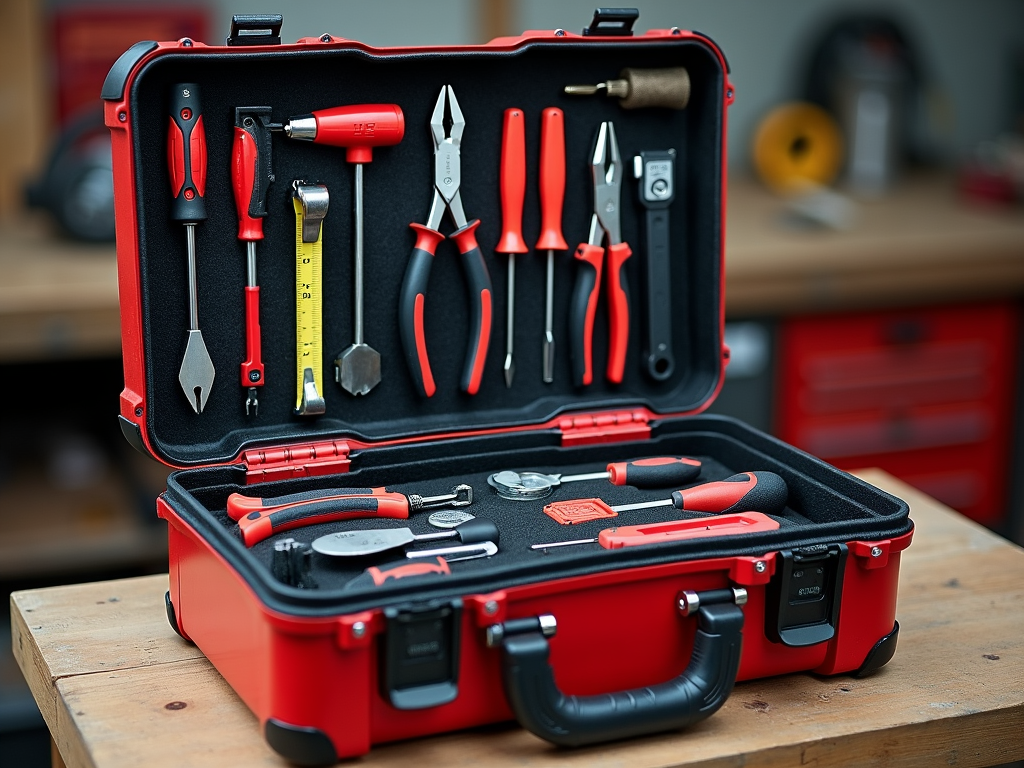Woodworking is a timeless craft that blends creativity with skill. Whether you’re building a simple shelf or a detailed piece of furniture, starting with the right tools sets you up for success. This guide covers everything you need to know about Woodworking Basics: Getting Started with Quality Tools, from choosing essentials to mastering techniques, all while keeping safety first.
Why Quality Tools Matter
When you begin woodworking, it’s tempting to grab the cheapest tools available. But quality tools make a huge difference. They last longer, work better, and keep you safer. A dull saw or a shaky chisel can ruin your project—or worse, hurt you. Investing in reliable gear means smoother cuts, fewer frustrations, and more fun.
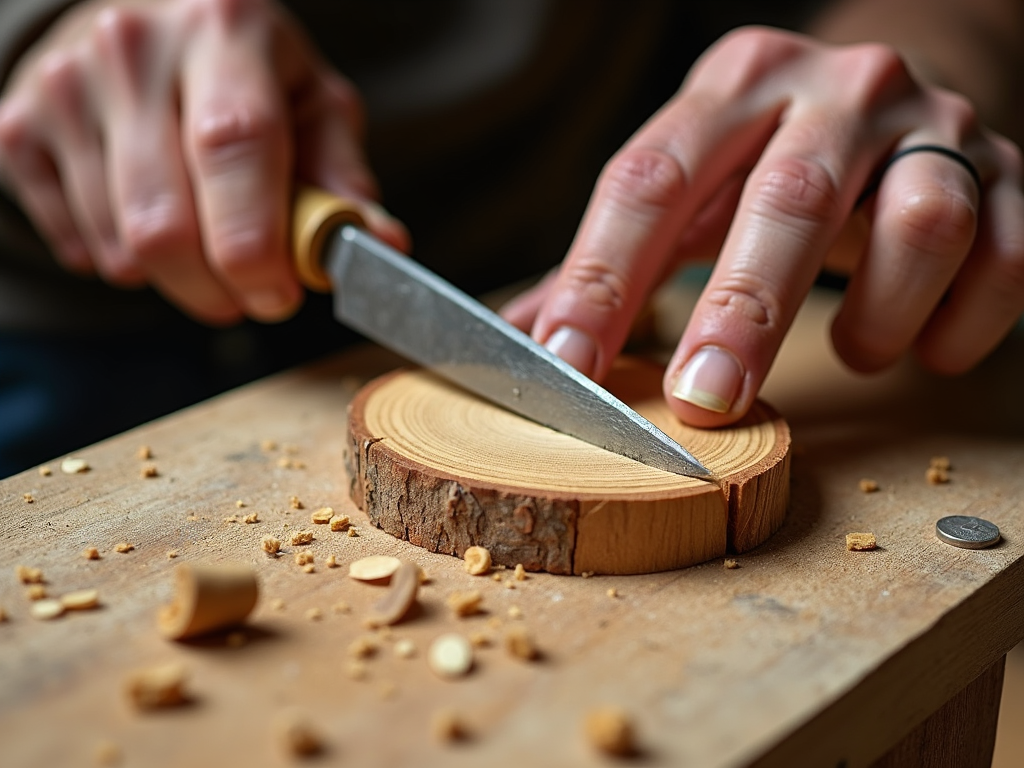
Must-Have Tools for Beginners
You don’t need a fancy workshop to start. Here’s a list of basic tools every beginner should have:
- Hand Saw: Cuts wood cleanly and easily.
- Chisel Set: Shapes and refines details.
- Hammer: Drives nails or adjusts pieces.
- Measuring Tape: Keeps your cuts accurate.
- Square: Checks for perfect angles.
- Sandpaper: Smooths rough edges.
Start with these, and you’ll be ready for most simple projects.
Quality matters even with basics. For example, a study from Purdue University’s Wood Research Laboratory shows that well-made tools reduce effort by up to 30% compared to low-end options. That’s less strain on your hands and better results.
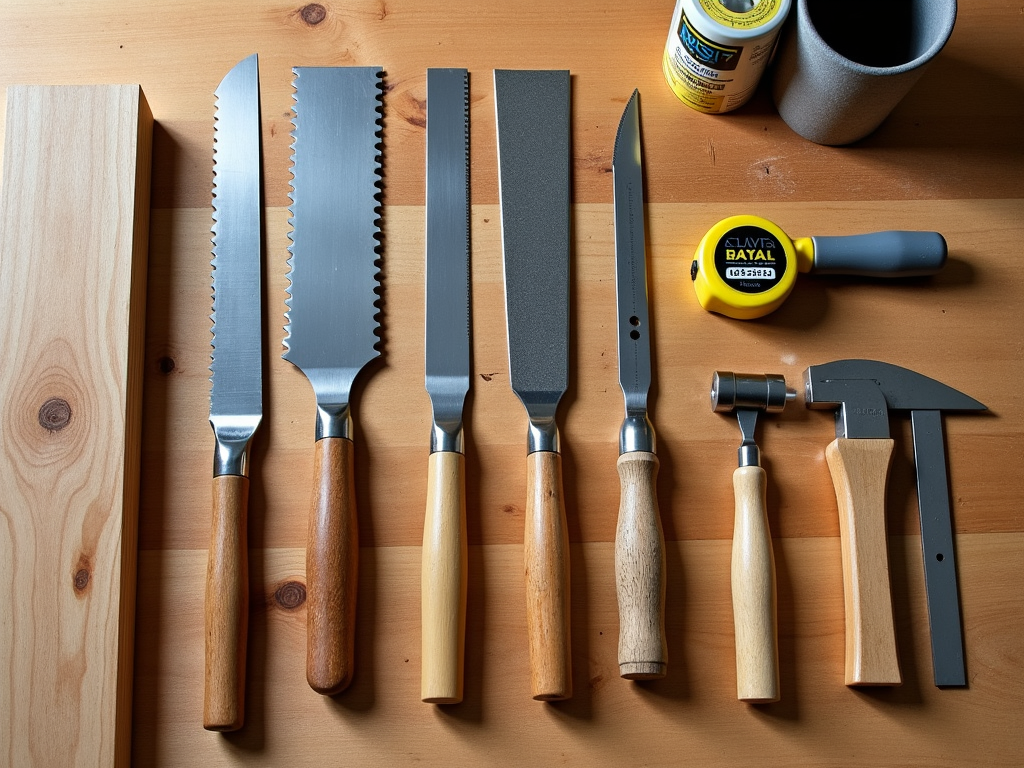
Setting Up Your First Project
Start small—say, a picture frame or a cutting board. Measure twice, cut once. I remember my first project: a wobbly stool. The legs were uneven because I rushed the measuring. Take your time, and use your square to check angles. It’s a simple step that saves headaches later.
Workbenches: Your Foundation
A solid workbench is your best friend in woodworking. It holds your wood steady and gives you space to work. Look for one with a vise to grip pieces securely. Mine’s a hand-me-down from my dad, patched up over years, but it’s rock-solid. Size matters too—make sure it fits your space and projects.
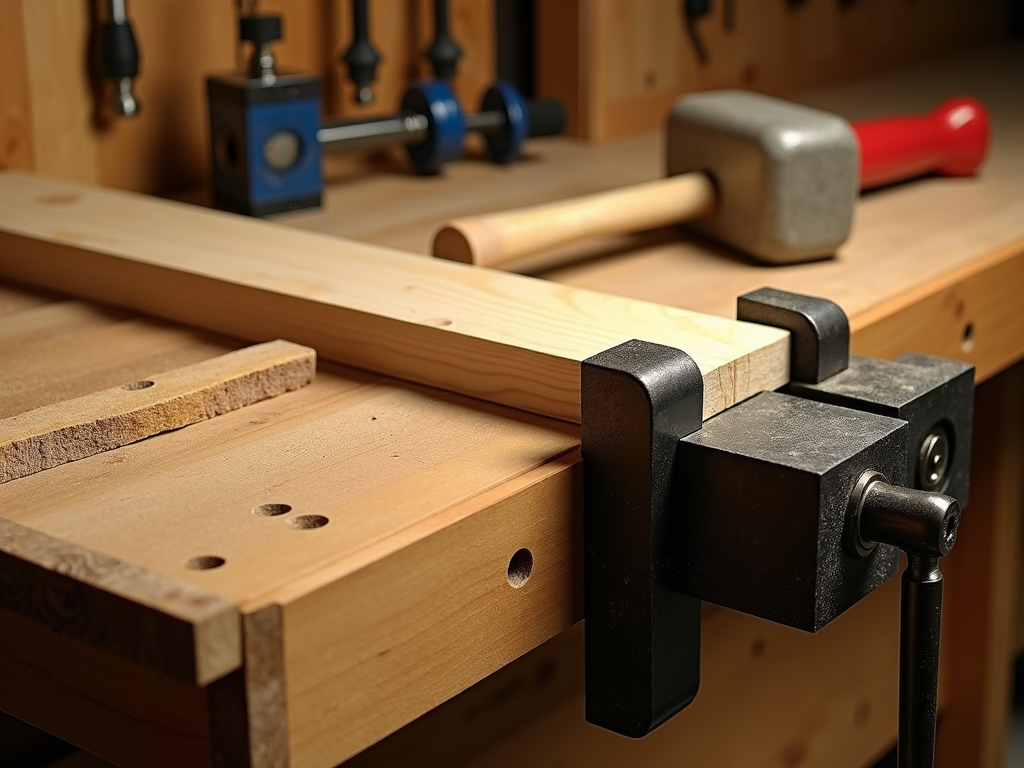
Ultimate Guide to Tool Safety: Protecting Yourself in the Workshop
Safety isn’t optional. One slip can turn a fun hobby into a trip to the ER. Here’s how to stay safe:
- Wear Gear: Safety glasses, ear protection, and a dust mask are non-negotiable.
- Clean Up: Sawdust and clutter cause trips or fires.
- Focus: No music or phone distractions—keep your eyes on the blade.
- Check Tools: Dull blades are dangerous. Sharpen them regularly.
The Occupational Safety and Health Administration (OSHA) reports that workshop injuries drop by 40% when basic safety rules are followed.
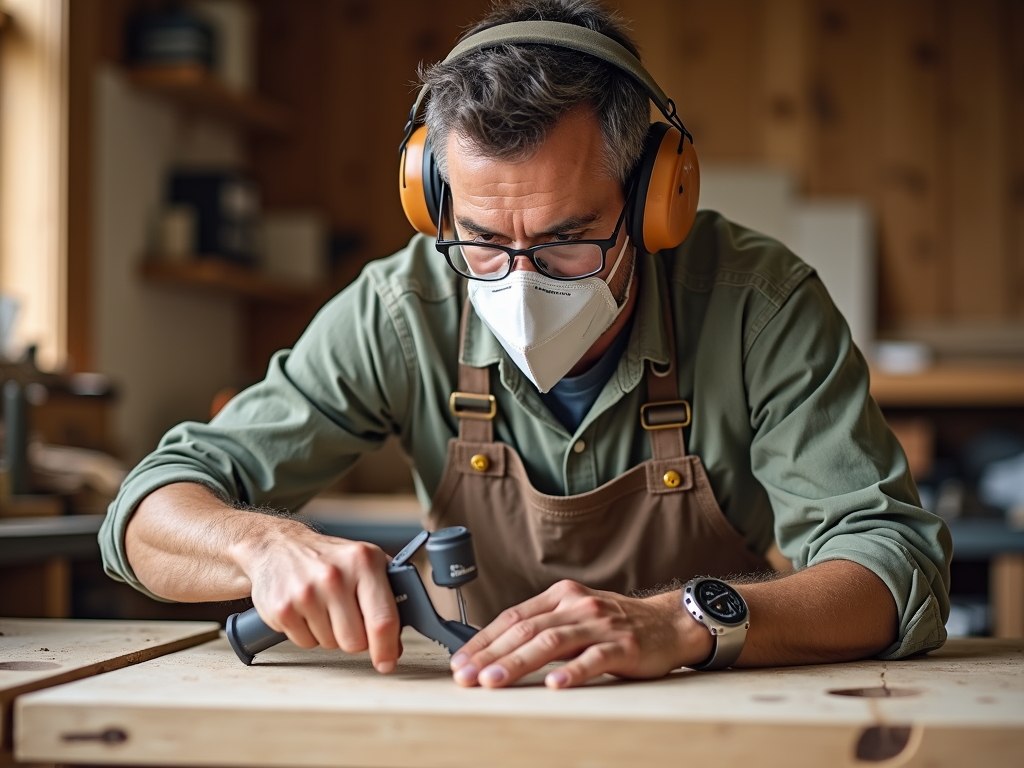
Leveling Up: Advanced Techniques for Professional Woodworkers
Ready to go beyond basics? Try these skills:
- Dovetail Joints: Lock pieces together with style and strength.
- Mortise and Tenon: Build tough frames that last.
- Wood Turning: Shape bowls or legs on a lathe.
- Inlay: Add patterns with contrasting wood.
These take practice, but they’re worth it. My first dovetail was crooked, but now it’s my favorite joint to show off.
Advanced Workman Tools for Professionals
As you grow, upgrade your kit. Here are tools pros swear by:
| Tool | Use | Why It’s Great |
|---|---|---|
| Table Saw | Precision cuts | Fast and accurate |
| Router | Edge shaping, grooves | Adds detail |
| Jointer | Flattens wood | Perfectly square edges |
| Planer | Smooths and thins | Uniform thickness |
A good router transformed my work—suddenly, edges looked polished, not rough.
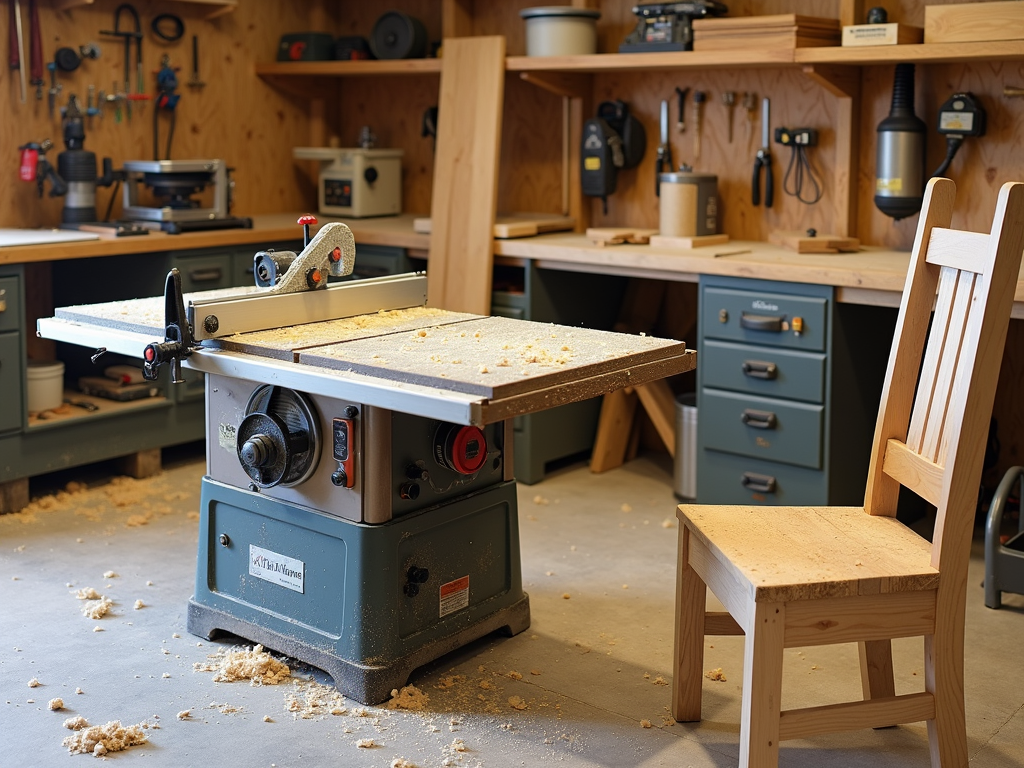
Tips from Experience
I’ve been woodworking for over a decade, and I’ve learned a few things. Cheap tools break fast—I snapped a bargain chisel mid-project once. Spend a little more upfront; it pays off. Also, keep your tools sharp. A dull blade fights you, but a sharp one glides. And don’t skip safety gear. I skipped ear protection once with a loud drill—my ears rang for days.
Another tip: talk to other woodworkers. Online forums like Fine Woodworking are goldmines for advice. I picked up a trick for sanding curves there that I still use.
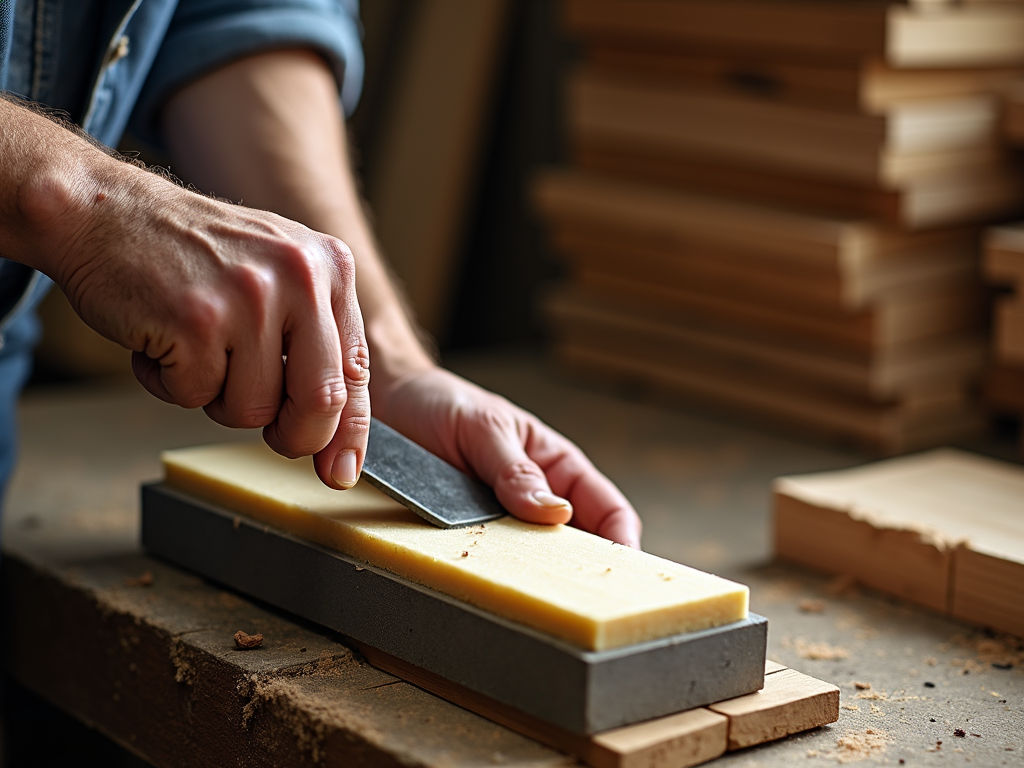
Common Mistakes to Avoid
Beginners mess up—it’s part of learning. Here’s what to watch out for:
- Rushing Cuts: Slow down for cleaner lines.
- Ignoring Grain: Cut with the grain, not against it.
- Over-tightening Clamps: You’ll dent the wood.
I dented a tabletop once because I cranked the clamp too hard. Patience is your friend.
Summary
Woodworking is a journey. Start with quality tools, build a sturdy workbench, and keep safety first. Master the basics, then tackle advanced techniques to create pieces you’re proud of. With practice and the right gear, you’ll turn raw wood into something amazing. Dive in, take it slow, and enjoy the process.
Related Woodworking Basics: Getting Started with Quality Tools:
- Essential Safety Practices for Workshops: A Comprehensive Guide
- The Role of Technology in Modern Workshops
- Mastering the Craft: Essential Workman Tools for Professional Builders
- Guide to Table Saw Blades for Every Cut
- Tool Maintenance: Tips for Longevity
- Maximizing Space in a Small Workshop
- Advanced Hammer Techniques for Experienced DIYers
- Why Tool Care Keeps You Safe: Essential Tips for Construction Workers
- Power Tools for Automotive Repair: A Comprehensive Guide
- Electrical Safety Tips for DIY Enthusiasts: A Comprehensive Guide
- The Ultimate Guide to Home Improvement Tools
- Top Hand Tools for Beginner Mechanics: A Comprehensive Guide


